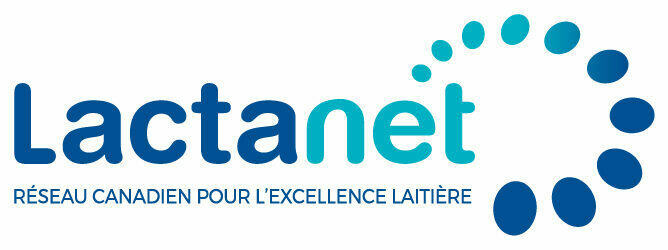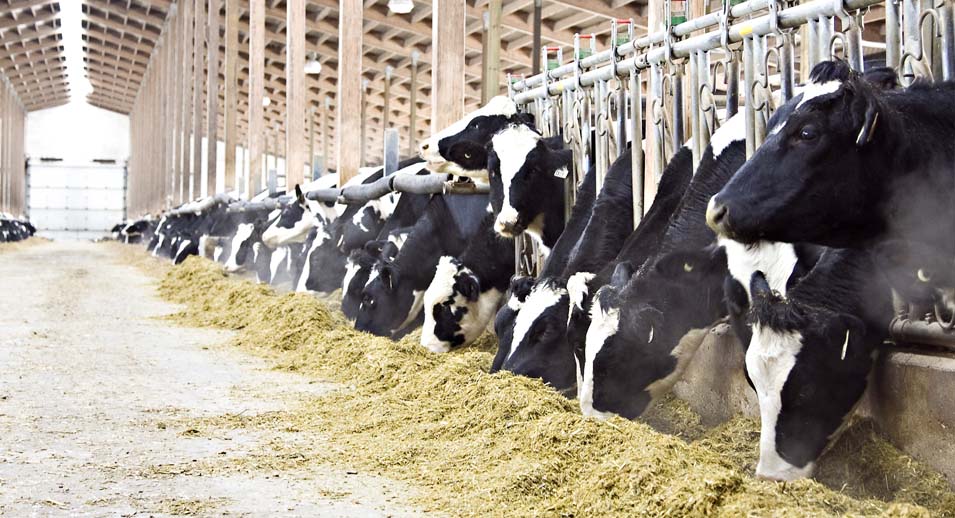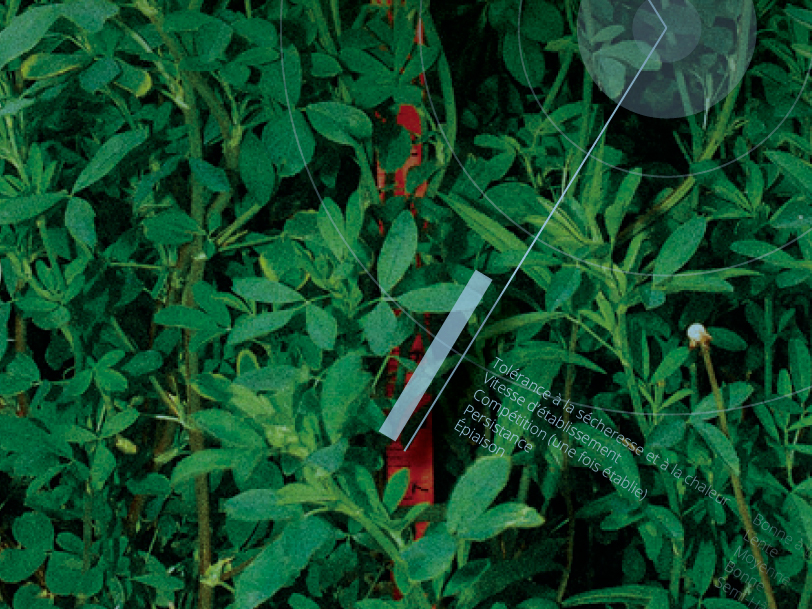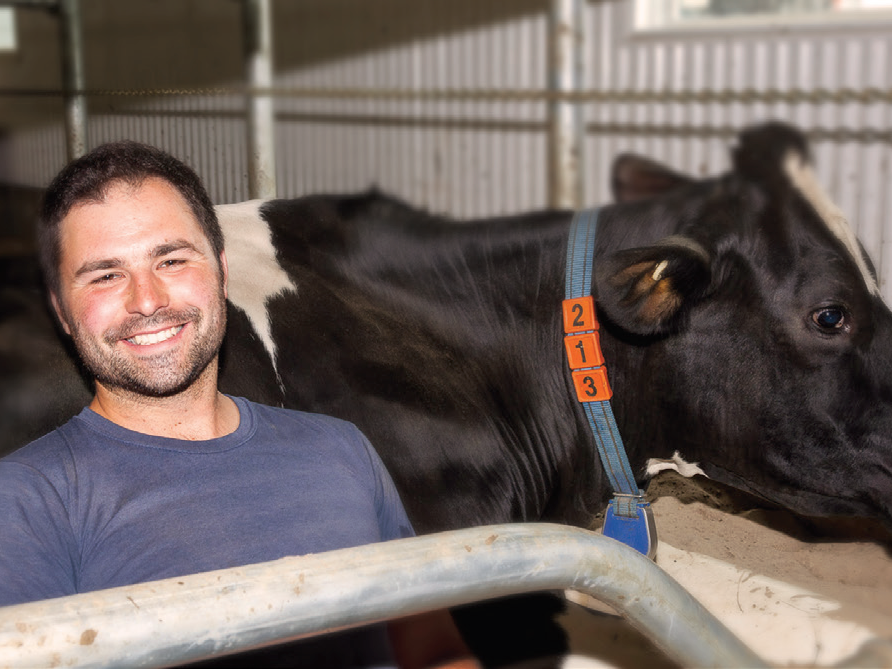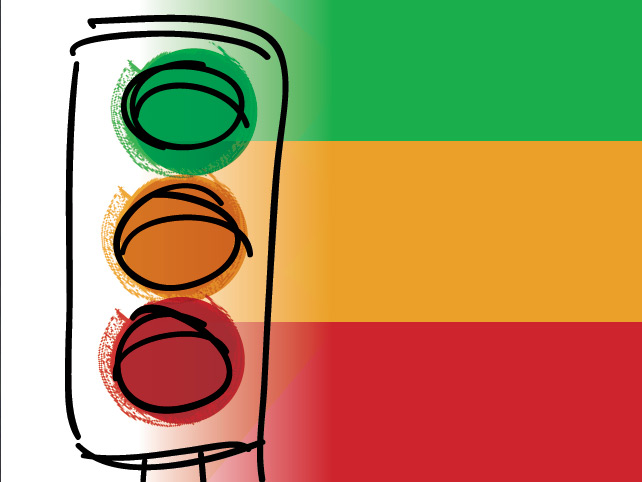Grass is green, IR Analysis is red, this can determine what your cows were fed!
- February 16, 2022
In some Canadian provinces, dairy farmers who produce milk from “Grass-fed” cows must demonstrate their compliance with the grass-fed standard of Dairy Farmers of Canada (DFC) at least six times a year to maintain their certification. “Grass-fed” status is determined by checking the ratio of different essential fatty acids in the milk, as milk fatty acids are heavily influenced by a cow’s diet.
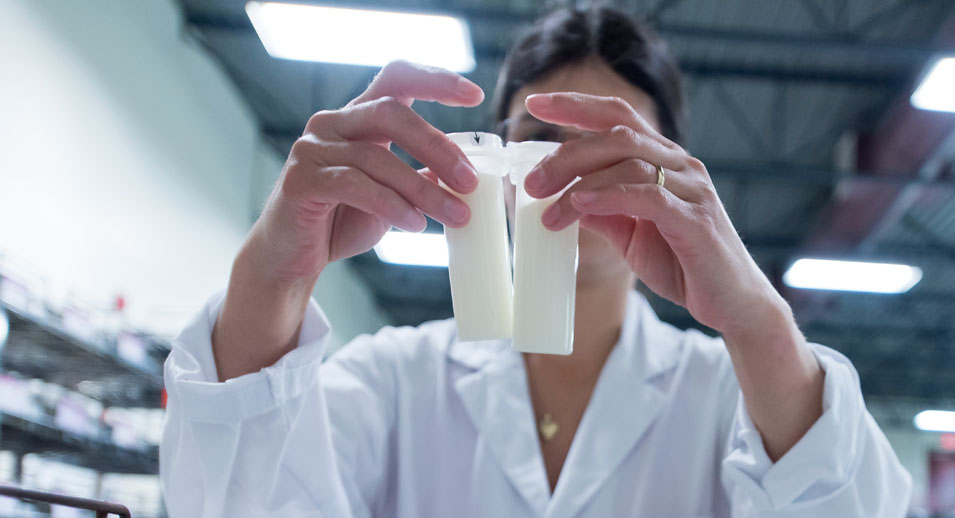
Fat in milk produced from grass fed cows is characterized by higher content of Omega 3 fatty acids in comparison to Omega 6 ones. To monitor the ratio between these two groups of fatty acids, the concentrations of linoleic acid (LA), an Omega 6 fatty acid, and α linolenic acid (ALA), an Omega 3 fatty acid, are determined and then the ratio of the two (LA:ALA) is calculated. A smaller value for LA:ALA indicates a higher content of ALA in milk fat, which means that milk fat is richer in Omega 3 fatty acids. The DFC standard states that LA:ALA shall be equal to 3 or less in milk produced from grass–fed cows, which means that milk fat contains higher portion of Omega 3 fatty acids.
Gas chromatography (GC) is the common analytical method that is used to determine the LA:ALA ratio; however, this method is laborious, time consuming and expensive. The cost of analysis for one milk sample between $100 and is $150, which adds up to at least $900 per year per dairy producer!
Did you know that…
Faster and Cheaper
Recently, Lactanet conducted a pilot project that showed that the LA:ALA ratio can accurately be predicted from infrared milk analyzers. These milk analyzers are used routinely to evaluate milk samples collected from bulk tanks. Currently, this technique is used to determine major milk components (i.e., fat, protein, and lactose) and some minor ones (i.e., urea, β-hydroxybutyrate (BHB) and fatty acids) for dairy herd improvement programs. These analyzers are fast and do not require any sample preparation, which makes the determination of the LA:ALA ratio significantly cheaper in comparison to the aforementioned GC analysis.
These analyzers rely on a chemical analysis technique that uses the infrared region of light to determine the chemical composition of the investigated milk sample.
Phase 2: Collecting Data Across Canada
Based on the results of the pilot project, a new project was launched in 2021 that aims at developing a classification model to predict the grass-fed status of a herd. “Grass-fed” and conventional farms from Québec, Ontario, Nova Scotia, and British Columbia are graciously providing bulk tank milk samples for a year. The project received financial support from MAPAQ, PLQ, DFC, DFO and contributions from DFNS and BC milk board. The initial results of the model show that the accuracy of predicting the grass-fed status ranges from 86-95% for different algorithms. The final models are expected to be finalized in 2023.
Next Steps
Lactanet already has the required infrastructure to routinely analyze milk samples, determine the LA:ALA ratio, communicate the results to dairy producers, and provide guidance when the LA:ALA ratio exceeds its acceptable threshold. The development of a prediction model for the LA: ALA ratio might create a new Lactanet service that aims at monitoring the “Grass-fed” status of a herd, while saving dairy producers the elevated cost of GC analysis. In this case, the LA:ALA ratio will be determined at the same time other milk components are being determined for payment and herd management.
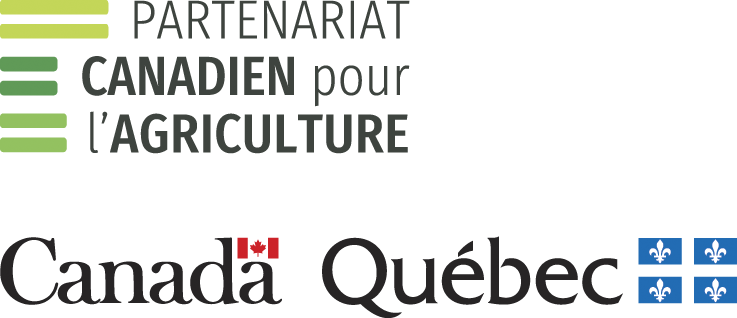
This project is funded through the Innov’Action agri-food program under the Canadian Agricultural Partnership, as part of an agreement between the governments of Canada and Quebec.
